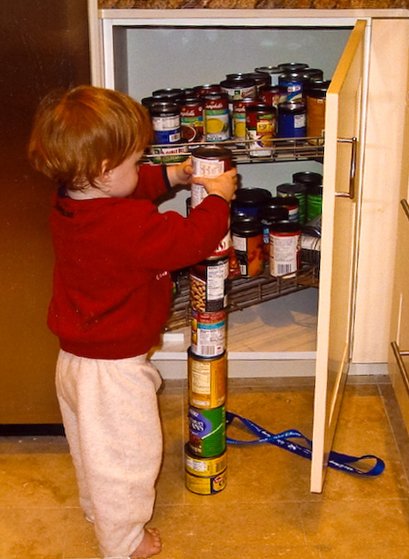
Happiness can deter non violent crime and drug use in adolescents.
Bipolar disorder: new hope from stem cell research.
[googlead tip=”patrat_mic” aliniat=”dreapta”]New research findings show that the risk of autism in a child whose older sibling has been diagnosed with the disorder is higher than previously believed.
Autism and autism spectrum disorders (ASD) represent a group of developmental disorders that affect the ability to think, communicate, and socially interact and affect one in 110 U.S. children, according to the Centers for Disease Control and Prevention (CDC).

The risk of an autism spectrum disorder occurring in a younger brother or sister was estimated to be from 3% to 14% in the past years. However, researchers have now discovered this is close to 19%.
“The average risk for the whole sample was 18.7%,”
said researcher Sally Ozonoff, PhD, Vice Chair for Research and professor of Psychiatry and Behavioral Sciences at the M.I.N.D. Institute at the University of California Davis.

“Certain children had an even higher risk,” Dr. Ozonoff said.
”Families who had male infants had a higher recurrence of 26.2%.”
”Families that had more than one child with autism prior to the birth of this infant [in the study] had almost a one in three risk, or 32%.”
“Overall we found this almost 1 in 5 risk, but more like 1 in 4 if the new baby was a boy and 1 in 3 if the family has more than one child with autism.”
The results are published in Pediatrics.
[googlead tip=”vertical_mare” aliniat=”dreapta”] This new information may help parents in their family planning decisions or make them aware of an early intervention at the younger sibling.
“This was very sad, it brought tears to our eyes for many of us,” Dr. Sally Ozonoff said.
“However, the information is valuable. Parents can ask for close monitoring of a young sibling. That way, if autism is detected, early intervention can begin. The new information may also help parents in their family planning decisions.”
During the study have been evaluated 664 infants who were enrolled in an international network known as the Baby Siblings Research Consortium. All enrolled infants had an older sibling with an autism spectrum disorder.
They were observed from about 8 months of age until 36 months. The infants were evaluated many times during the three years.
At the 36-month mark, the infants were classified as having an autism spectrum disorder or not.
Study findings showed at the end that 132 children out of 664 were diagnosed with an autism spectrum disorder. Out of those 132, about 41% were diagnosed with autism and 59% were diagnosed with other conditions on the spectrum, such as Asperger’s syndrome.
According to Dr. Ozonoff, it is impossible to estimate an individual family’s risk.
“Remember that overall, over 80% of those babies didn’t have autism,” she said.
“The general population risk is under 1%.”
“The new estimates are very sound,” said Laura Schreibman, PhD, director of the Autism Intervention Research Program at the University of California, San Diego, who reviewed the study findings but was not involved in the research.
“The study design, which followed the infants forward, ensures more accuracy than looking backward,” Dr. Schreibman said.
“The fact that they could look ahead meant they could be certain about how the diagnoses were obtained.”
The group included children from 12 locations and was ethnically diverse. Both of these factors reduce bias.
“Families need to know this is an estimate,” Dr. Laura Schreibman added.
“It doesn’t reflect what will happen to an individual family.”
“This new study provides a more definitive estimate of the recurrence of autism in younger siblings,” said Alycia Halladay, PhD, director for environmental research for Autism Speaks.
Autism Speaks supports the Baby Siblings Research Consortium.
Autism Speaks, the National Institutes of Health, and other organizations supported the study.
“For parents who have an older child with autism, the new information should motivate them to be sure the younger child has close monitoring,” Alycia Halladay said.
“That should be done as early as six months,” she added.
[googlead tip=”lista_mare” aliniat=”stanga”]“Genetic counselors can use the information to help parents interpret the findings,” said Karin Dent, president of the National Society of Genetic Counselors and assistant professor of pediatrics at the University of Utah, Salt Lake City.
“The updated data from this study … should be incorporated in genetic counseling sessions with parents and families of affected individuals,” Dr. Dent said.
“This will help families to have a number on something that is difficult to assess.”